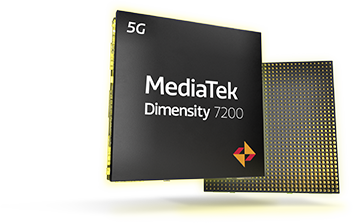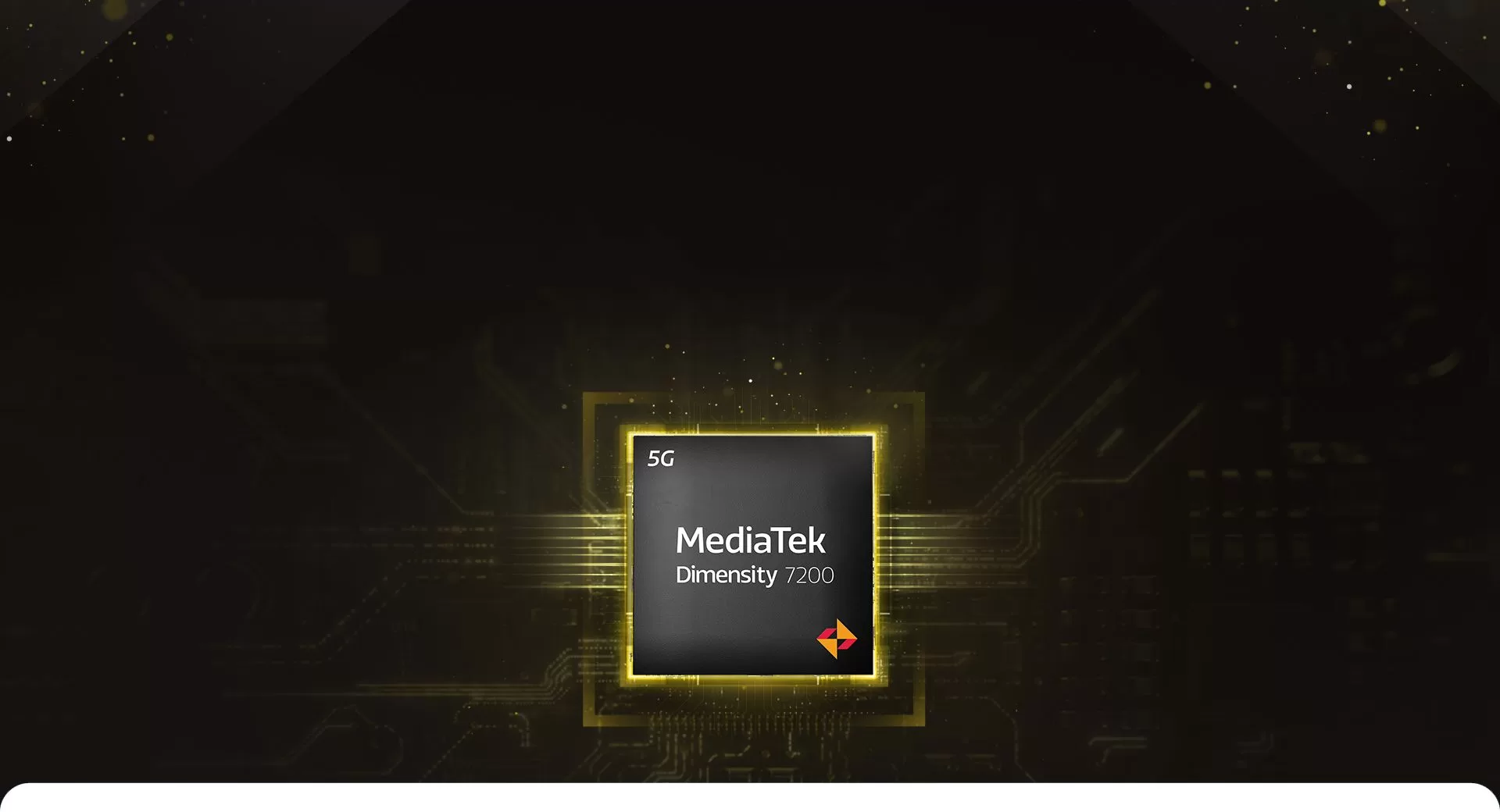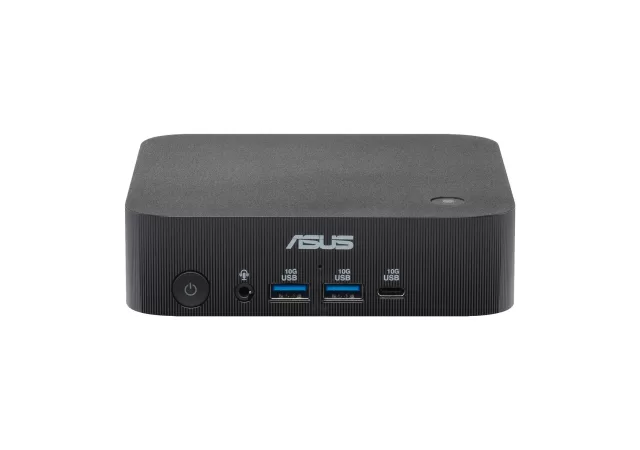MediaTek should be a familiar name to those who know their Android smartphones. To those who are wondering what a MediaTek is, they are the other chip maker that powers Android smartphones. They are technically Qualcomm’s main competitor at this point in the bid for smartphone processing chip supremacy.
So why have you not heard about them? To be fair, MediaTek has been rather modest in the industry. While they have made efforts to make high-end flagship level chips with their Dimensity 9000 series chipsets last year, their priority has mostly been on more affordable mid-range and entry-level Android smartphones. That is also what they are known for – budget friendliness.
They have just launched a new, even more budget friendly chipset for mid-range smartphones, the Dimensity 7000 series. The first in the series is the Dimensity 7200. Yes, like all Dimensity chips, this comes with 5G connectivity.
The brand-new Dimensity 7200 is based on TSMC’s rather advanced and new age 4nm process. It is the same second-generation process you may find in the architecture of MediaTek’s high-end Dimensity 9200 chip. In that sense, it is made with superior efficiency and heat management in mind.
It is an octa-core processor still packing a lot of punch. The system on a chip (SoC) is built with two high-performance ARM Cortex-A715 cores that clock in at up to 2.8GHz. Keeping power draw to a minimum while keeping the smartphone it is powering trundling through less power-hungry function are six ARM Cortex-A510 cores supporting the high-performance cores. There is also a built-in AI Processing Unit (APU) dedicated to running AI based processes and functions. Graphics is handled by an ARM Mali G610 GPU.
The Dimensity 7200 is also built with budget gamers in mind. MediaTek packs in their HyperEngine 5.0 technology that works the built-in APU and delivers AI-based Variable Rate Shading (VRS). The technology offers a longer battery life with smart resource management between the CPU and GPU to optimize performance and power consumption.

There is also a built-in image processor, MediaTek’s Imagiq 765 and a 14-bit HDR-ISP. The image processor on the new chip can now support cameras with up to 200-Megapixel in resolution, perfectly in-line with Samsung’s latest ISOCELL sensor. The processor also allows equipped smartphones 4K HDR video recording capabilities or capture Full HD videos from two different cameras simultaneously. For low light capturing, the processor packs a motion compensator to reduce noise. Of course, real-time beautification is part of the list of things the processor can do for modern smartphone cameras.
As metioned, 5G is standard in Dimensity chips including this one. Specifically, the Dimensity 7200 packs a 3GPP Release-16 standard Sub-6GHz 5G modem. It supports triband Wi-Fi 6E connectivity and Bluetooth 5.3 as well. To save energy as well, MediaTek includes their won 5G UltraSave 2.0 technology to reduce power consumption. The chip even supports dual SIM 5G functions.
For the best flagship-class media experience, Dimensity 7200 will suppot up to 6,400 Mbps meory frequencies and storage speeds at up to UFS 3.1 standards. It also supports displays with HDR10+, CUVA HDR, and Dolby HDR thanks to MiraVision Display. Unfortunately, it does not support displays with more than Full HD+ resolution. It does support up to 144Hz in refresh rate though, which is always nice for gamers. Within the chip is also an SDR-to-HDR upscaler for enhanced viewing, Of course, the Bluetooth module supposed Bluetooth LE and Dual-Link True Wireless Audio for wireless audio support.
MediaTek did not launch the Dimensity 7200 with a smartphone device, which also means you will not see any current smartphones sporting the SoC in action. They say that the first devices packing the new chipset will be coming within Q1 of 2023. As mentioned, the SoC is meant to find its way to mid-range smartphones. You can expect manufacturers like OPPO, realme, and even Xiaomi to be the first to launch smartphones packing MediaTek’s latest Dimensity 7200. More information on the new SoC can be found on their website.






